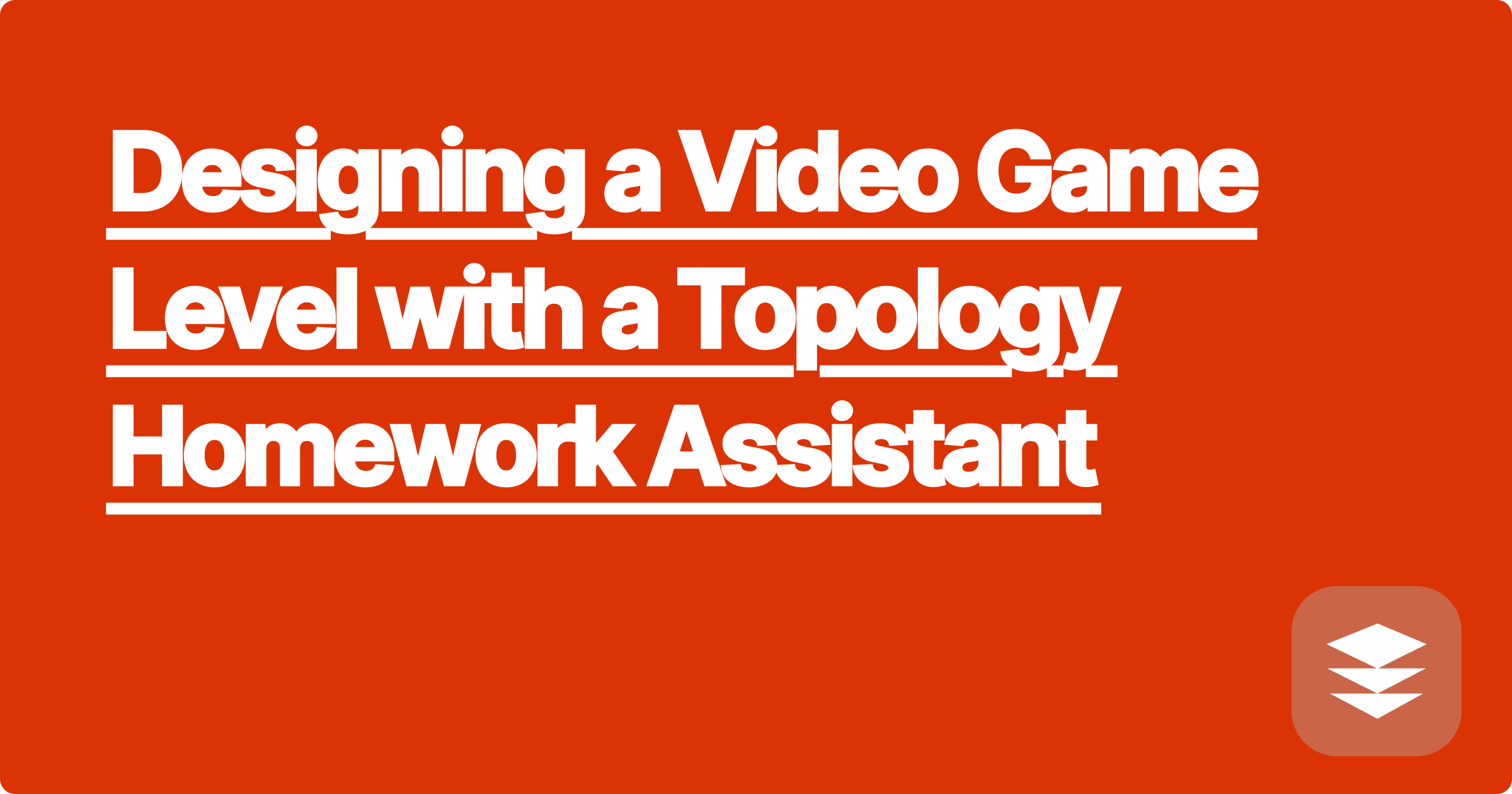
How do games like No Man's Sky or Minecraft create seemingly infinite, unique worlds for players to explore? The answer is a powerful technique called procedural generation basics (PCG). Instead of an artist designing every single level by hand, the developers create an algorithm that generates the levels automatically. At the heart of many of these algorithms is a surprising field of mathematics: topology.
Topology is the study of spaces and how they are connected. A game level, at its core, is a topological space.
Let's imagine you're designing a simple algorithm to create a random dungeon.
You can use the GPAI Solver to understand the graph theory behind this.
[Image: A simple graph diagram with two disconnected sets of nodes. An arrow points to the GPAI Solver interface, which then shows the same graph with a new, connecting edge added in a different color. Alt-text: A user getting topology homework help to understand graph connectedness for game design.]
As you explore these ideas, use GPAI Cheatsheet as your note taker. You can create a fascinating cheatsheet that connects the concepts from your math class to game design.
Procedural generation can seem like magic, but it's built on a solid foundation of mathematics. By using your topology homework help tools to explore these concepts, you're not just preparing for your math exam; you're learning the fundamental skills used by professional game developers to create the endless, fascinating worlds you love to play in.
A: Not directly. GPAI is a tool for understanding the mathematical principles behind level generation. It helps you analyze the properties of the graph that represents your level. Actually rendering that level in a game engine like Unity or Unreal would require a different set of tools.
A: Game design is full of math!
The abstract concepts you're learning in your topology class have incredible, real-world applications in the creative field of game design. By using an AI assistant to bridge the gap between theory and application, you can unlock a new level of appreciation for both.
[Explore the math of game design today. Use the GPAI Suite to understand the concepts behind your favorite games. Sign up for 100 free credits.]
Your First 90 Days as a Junior Engineer: How AI Can Be Your Mentor
How to Prepare for a Technical Interview Using Only Your Own Course Notes
The 'Lazy' Way to Write Weekly Progress Reports for Your Boss
From Academia to Industry: Translating Your Thesis into a Business Proposal
How to Learn a New Programming Language in a Weekend with an AI Coach
Using a Chemistry Solver to Create the Perfect Cocktail Recipe
The Physics of Fantasy Football: Using an AI to Analyze Player Stats
Designing a Video Game Level with a Topology Homework Assistant
Can an AI Notetaker Summarize a Beethoven Symphony? An Experiment in Music Theory
The Algorithm of Storytelling: Using AI to Deconstruct a Blockbuster Movie